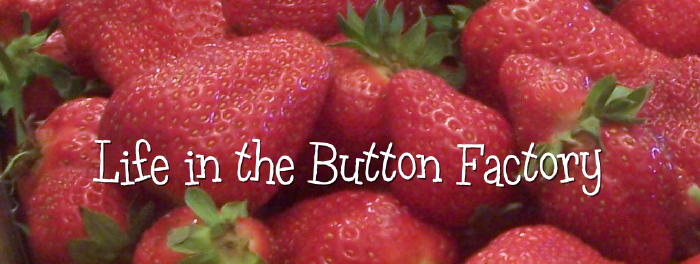The last book I read was Till We Have Faces by C.S. Lewis. I haven't written literary criticism since college (i.e., more than twenty years ago) so my ability to gush about a book and still sound intelligent is long gone. However, if anything were going to convince me to come up with some obscure insight and defend it with high-falutin' language and references to the rest of the text, this would be the book. It's a retelling of the myth of Cupid and Psyche, told from the point of view of the oldest sister. (I realized early in the story that I had confused the story of Cupid and Psyche with the story of Narcissus and Echo.)
It's hard to read C.S. Lewis and not expect to see Aslan in every shadow, but Till We Have Faces was not written as a Christian retelling of a Greek myth. There is, I think, plenty of symbolism and whatnot to point our eyes toward God, but I think that is the case in almost all good writing. Charlotte Mason, the 19th century English educator whose ideas most influence our homeschooling, asked the following questions to spark her students' thoughts: What does this teach us about God? What does this teach us about mankind? What does this teach us about the world around us? Using these questions as a springboard, I could easily write three A-quality papers about Till We Have Faces, but I'll spare you the academic double-talk.
When I've read C.S. Lewis's theological treatises--back when my brain was still nimble and well-rested--what struck me about his writing style was that he doesn't begin by laying out his premise and then building support for it. He gives a reason, then another reason, then another and THEN says, if A, B and C are true, then we must obviously conclude that X is also true. Till We Have Faces has a typical story-telling style, but in thinking of what I learned in this book, I see that he used the same inductive process here. He told the story by telling A, B and C so the reader expects him to end with X being true. The twist was that at the end, he revealed that A, B and C were, in fact, NOT true, so X was also not true. I didn't see that coming at all, at it left me wanting to flip immediately back to the start of the book and read it again. I want to tell you the specifics so, so, so badly, but it would be WRONG for me to spoil it. Let's just say that when my yearlong re-reading ban ends, I will be rushing back to Till We Have Faces to see if there were things I should have picked up on.
Next up on my book list is Black and Blue by Anna Quindlen. (A story of domestic abuse--did I mention that the pendulum tends to swing from one extreme to the other??)
Thanks for reading! If you're reading something fantastic, I would love to hear about it!
Thanks for reading! If you're reading something fantastic, I would love to hear about it!
.jpg)
No comments:
Post a Comment